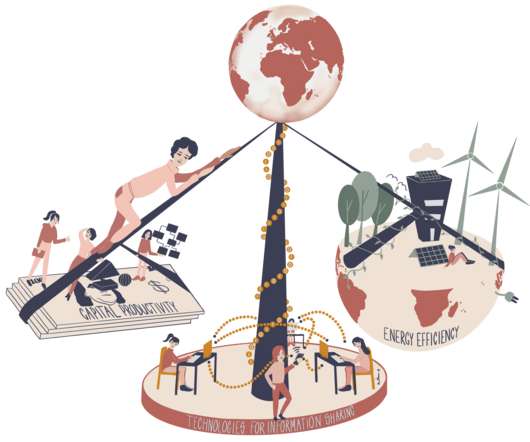COP26: 5Zs that changed the world part 2
The Logistics & Supply Chain Management Society
FEBRUARY 16, 2022
The transport and logistics industry has started to engage differently in the annual United Nations (UN) Climate Change Conference. Additional three zero (3Zs) emission initiatives were launched at COP26 that will help the transport and logistics industry to contribute its fair share to the decarbonization of economy and society.
















Let's personalize your content